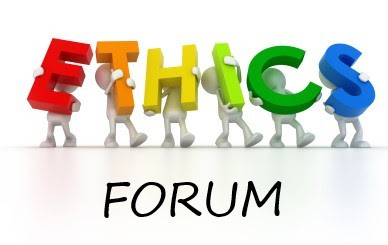The subject of demonic possession remains controversial, as illustrated by the media storm that greeted the revised exorcism rite, which was required by a Vatican II mandate three decades earlier.Later, the Vatican announced that Pope John Paul II had personally performed three exorcisms during his pontificate.
While the new rite warned exorcists not to confuse diabolic possession with mental illness, it also affirmed ancient teachings about the reality of spiritual warfare, as illustrated by biblical accounts of Jesus performing exorcisms.
Truth is, Thomas said, the events of Holy Week -- especially Good Friday, Holy Saturday and Easter -- make no sense without real demons, real temptations and a real hell. But many Catholics disagree.
"There are plenty of bishops and priests who simply do not believe in Satan and demons and they have told me so," he said. "That makes a difference. What most people do not realize is that bishops are like independent contractors and they can do whatever they damn well want to do. ... That's why we don't have many exorcists in America."
At the request of his own bishop, Thomas took a Vatican-approved course on demonic possession while living at the North American College in Rome in late 2005 and early 2006. As part of his studies, the second-career priest -- who worked in a mortuary before seeking ordination -- participated in more than 80 exorcisms with a senior Italian exorcist. These experiences form the heart of "The Rite: The Making of a Modern Exorcist," a new book written by American journalist Matt Baglio.
For the past three years, the 55-year-old priest has quietly been using the techniques he learned in Rome. He said that his teachers, from the beginning, emphasized that an exorcist must strive to remain the "ultimate skeptic," pursuing every pastoral option before turning to the exorcism rite as a last resort.
Modern exorcists are urged to work with psychiatrists, psychologists and physicians while evaluating those who are suffering. They also test to see if spiritual health can be restored through confession, healing rites and frequent participation in Mass. However, Thomas noted that these contacts with "holy things" occasionally trigger open displays of demonic powers.
It's one thing to hear the voice of a demon on a recording or to read pages of blasphemies in transcripts. Face-to-face encounters are another matter.
The classic signs of possession have been established for ages. The possessed may exhibit superhuman strength, describe private events in the life of an exorcist or possess the ability to speak languages -- such as Latin -- they have never studied. They often suffer bizarre physical reactions to contact with holy water, crosses or icons.
Most people seeking exorcisms are simply physically sick, mentally ill or emotionally distressed. Some may try to fake "Hollywood-esque symptoms" to draw sympathy or attention.
"You may see case after case in which there are other explanations for what these people are suffering," Thomas said. "But then, every now and then, you see things that let you know that you are dealing with the real thing. That's when you know that sin is real, hell is real and Satan is real. That's when you learn what the cross and the resurrection are all about."
Read it all here.
This interview was done by Terry Mattingly who directs the Washington Journalism Center at the Council for Christian Colleges & Universities. E-Mail him at TMATTINGLY@CCCU.ORG OR WWW.TMATT.NET.

No comments:
Post a Comment